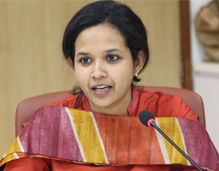Japan’s Foreign and Security Policy Under the ‘Abe Doctrine’: New Dynamism or New Dead End?, by Christopher W. Hughes
Given the fluidity in East Asian geopolitics and China’s arrival as a key variable in the international system, Japan has been forced to respond to the asymmetrical power politics. As China is carving out a sphere of influence for itself which is increasingly eclipsing Japan’s international stature, Abe has the task of presenting the case of where and how does Japan fit in.
- Published: April 2017












